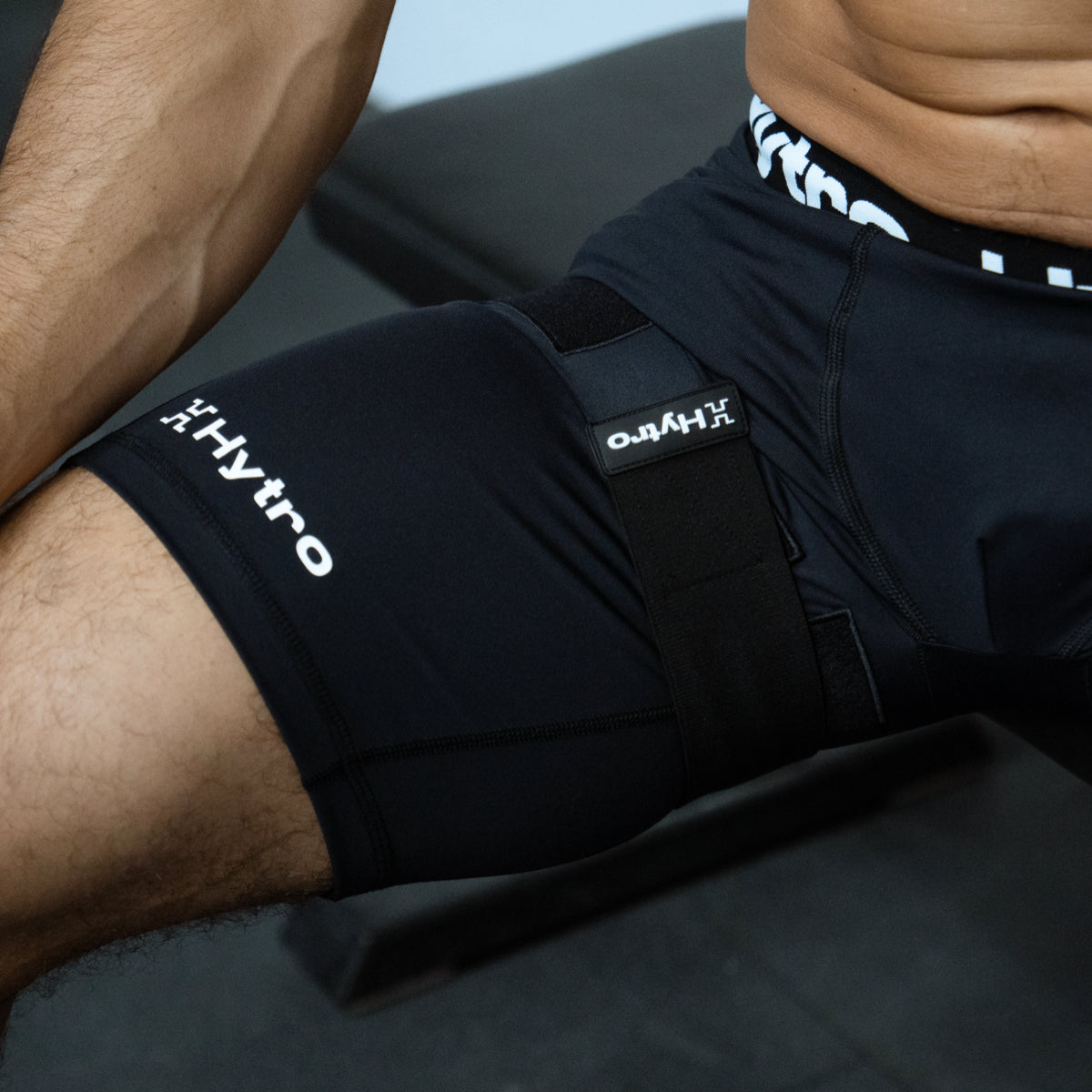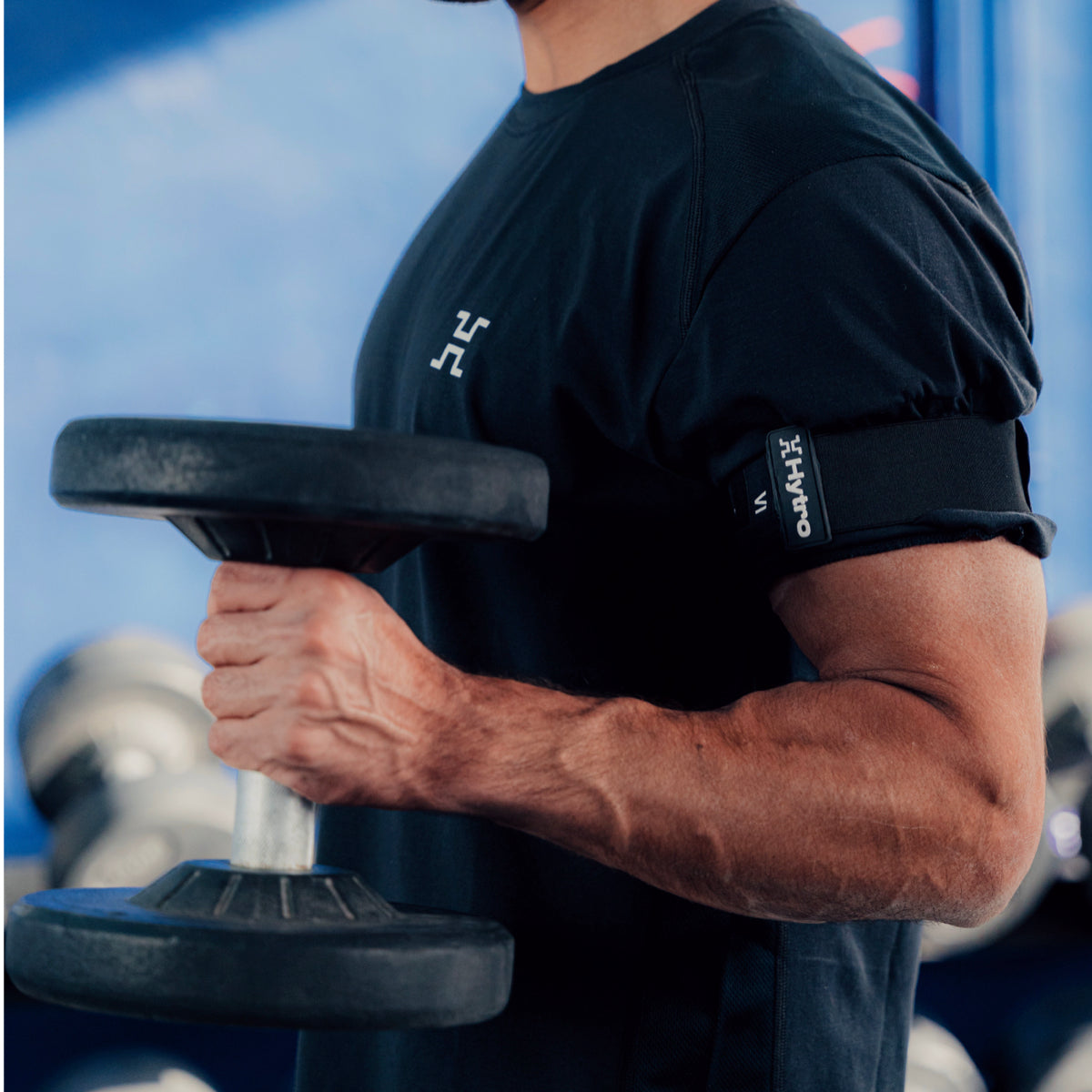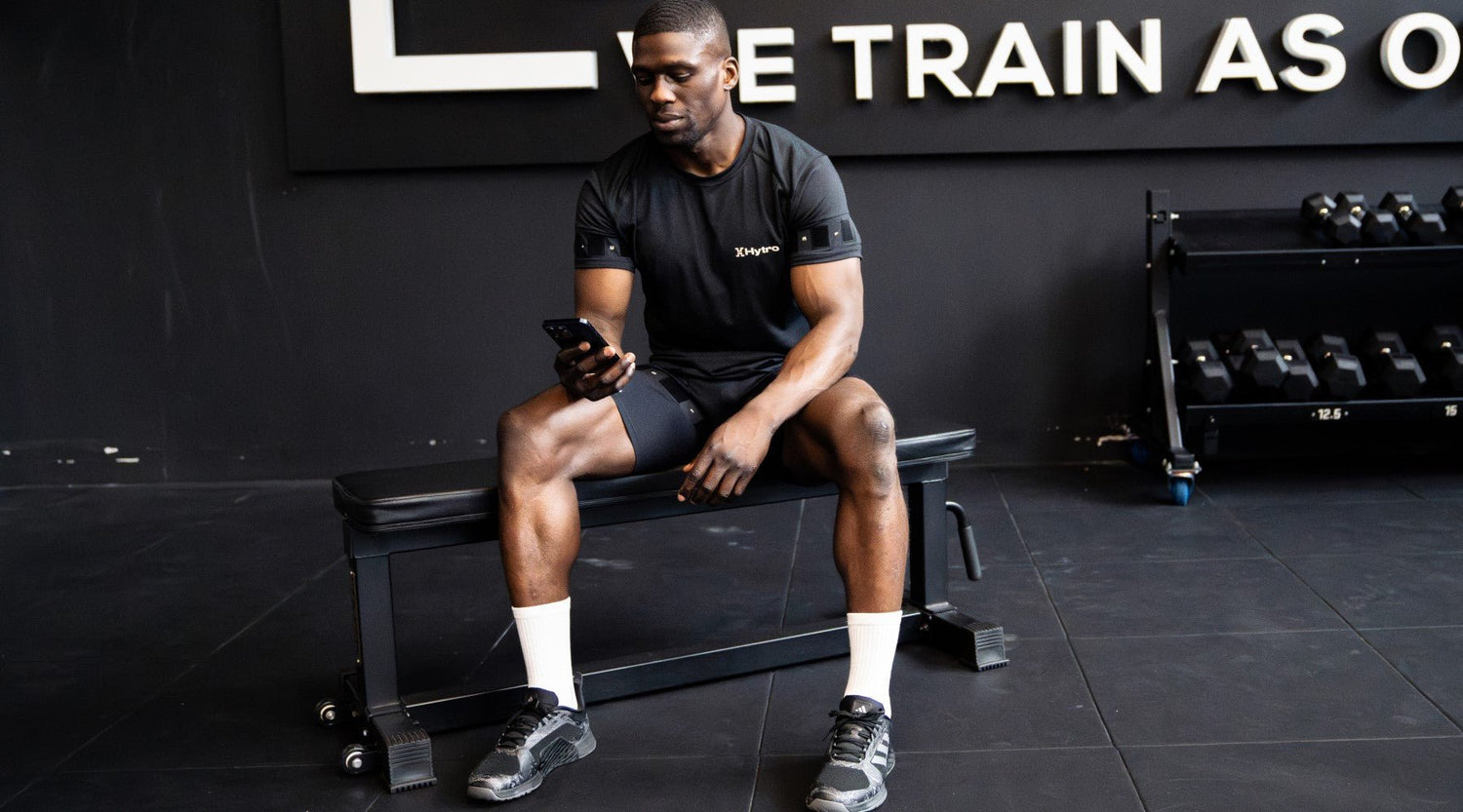Dan Howells, Hytro Elite Performance Consultant and Founder and Lead Mentor of Collaborate Sports, explores how BFR can revolutionise training, preparation and recovery for positional players. Drawing on his experience working with elite athletes, Dan outlines how integrating BFR into routines, whether during strength sessions, warmups, or travel, can provide baseball players with the tools to perform at their best while minimising fatigue.
From enhancing strength with minimal load to priming for power at the plate, Dan uncovers the untapped opportunities of BFR in baseball and highlights the potential of wearable technology like Hytro to keep players performing at their peak.

The demands of the baseball season are often under appreciated. A pre-season period known as spring training of 5-6weeks, with games starting within 10-12 days, and then a competitive season consisting of 162 games in 182 days means that performance is part of a daily focus for baseball athletes. Practitioners across the profession reference a “high density of work” in football and baseball where we see 3-5 games in 7-10 days, yet in baseball we can see positional (outfield) players having to play daily for 10-12 days in succession
Although the average daily demand for players in competition is lower for baseball players, the actions are all high intensity and maximal intent in nature. Players are either throwing, pitching, sprinting, or hitting with maximal intent. Couple this with the notion that for an evening game commencing daily at 7pm, training starts around 2pm for on field practice before a rest period leading into the game. Again, training and practice is paramount to a baseball athletes routine and occurs daily.
A strength and conditioning coach then has to navigate areas of opportunity to support the development of each athletes strength, power, speed, and conditioning development, as well as indivdualised components of injury resilience and in particular, and specific to baseball, arm care routines and injury prevention.

Blood Flow Restriction has been present for several years in baseball, in particular in the recovery space for pitchers. Wearing automated units like a Delphi around the upper arm for bouts of 5 minutes has helped pitchers speed up their recovery and “buy back” time to prepare for their next pitching bout 4-5 days later. Significantly reducing muscle soreness has a profound effect on the confidence of a pitcher to throw maximally without any altered mechanics, and theoretically is a case of doing everything possible to minimise injury risk by focusing on accelerated recovery.
But there are other areas BFR could be used for improving a baseball positional players performance too and are yet to be seen as commonplace as the use of BFR for pitchers.:
Modification of training stimulus (type, timing, frequency)
The benefits of using BFR with low load is comparable to high load resistance training, especially for strength and hypertrophy changes. A positional player is on their feet daily. They must fit in around 2 dosages a week of resistance training each 7–10 days to maintain physical qualities. Feeling fresh is the double-edged sword for the athlete. They know they need to train with intensity to reap adaptation yet want to feel fresh and avoid acute fatigue. BFR Training can both enhance strength for the player and do it with minimal fatigue also.
I would look to keep 1-2 main lifts in a session and replace all auxiliary work with BFR modulated exercises instead. Then during times of most fixture congestion for the athlete, replace the main lifts with BFR too to reduce load and CNS fatigue during those sessions.

Additionally, when teams travel away for “road” games (often for 10-15 days), access to equipment and specific equipment is compromised. Opposition gym facilities are minimal, and as a result, staff must think outside the box, and I have seen players dismiss or refrain from training because there isn’t the equipment they need to get the necessary intensity. As a result, they can go 2 weeks without a suitable “dose and stimulus” of work. Taking BFR on the road and using as part of routine strength and power sessions means the strength coach practitioner can create the necessary stimulus for the player, irrespective of compromised training conditions.
Preparation for games
The repetitive nature of baseball means players must warm up daily. Having the ability to warm up as quickly and effectively as possible is critical for the athlete. Baseball strength coaches have done a great job culturally of embedding certain exercises in “prep routines” for players, to spread load throughout the week. BFR can create preferential fibre type recruitment, so actually stacking BFR into the warmup and prep routines of players is most like to prime them more appropriately for subsequent competition, and at a faster rate.
Priming or post activation potentiation
The nature of baseball is stop start. Action occurs every 20 seconds as a pitching throws a 100mph fastball over home plate! The demand for a positional player is to face the pitcher 3-6 times across a whole game. This means often complete rest for 30-45 minutes before getting to bat again. The body cools down and so we see batters using weighted implements as they swing to try and prime the body for maximal power as they aim to hit a 100mph fastball back in the direction it came, and 400ft past the pitcher. Using the Hytro BFR Performance Shorts in the 3-4 minutes prior to facing an “at bat” could enable the positional player to prime themselves for maximal power output, or a post activation potentiation (PAP) effect that sees power production enhanced during the hitting action. Because much of the force is produced vertically from the legs, the rotational power transferred in the trunk to the arms and bat is going to be dependant on the lower bodies ability to produce power. Cooling down is counteractive to this performance need and could be mitigated with BFR and done quickly by wearing the Hytro BFR Performance Shorts over the players uniform in the 3-4 minutes before getting ready to bat.

Positional player recovery
The positional player has the longest and most repetitive schedule of a baseball player. Often in the clubhouse at noon, and out from the ballpark at midnight to head home, or the airport and onto their next game destination. Their focus naturally shifts to switching off and getting to sleep. Recovery can be compromised, as routines and processes at midnight are often hard to apply. BFR with a wearable garment like Hytro provides the player the affordance to recover beyond the ballpark and take recovery with them to home, on the plane, during travel, as well as at their locker, as they come immediately off the field.
Blood Flow Restriction creates a diverse set of training and recovery opportunities for any athlete. The affordances BFR creates is greater for the player who needs to do more, in less available time, like the positional player in baseball. Barriers to access for players are naturally the cost of expensive equipment, meaning 1-2 clinical grade devices are only available for 10-12 players at a time, and are cumbersome to use for practical methods, at best! Advancements in exciting equipment like the proven safe and effective wearable BFR garments, Hytro, now provide players with complex and frequent competition and training schedules, in a range of ways to optimise training and recovery.
Get in touch to discuss how Hytro can support your athletes with optimising performance and recovery.






Leave a comment
This site is protected by hCaptcha and the hCaptcha Privacy Policy and Terms of Service apply.